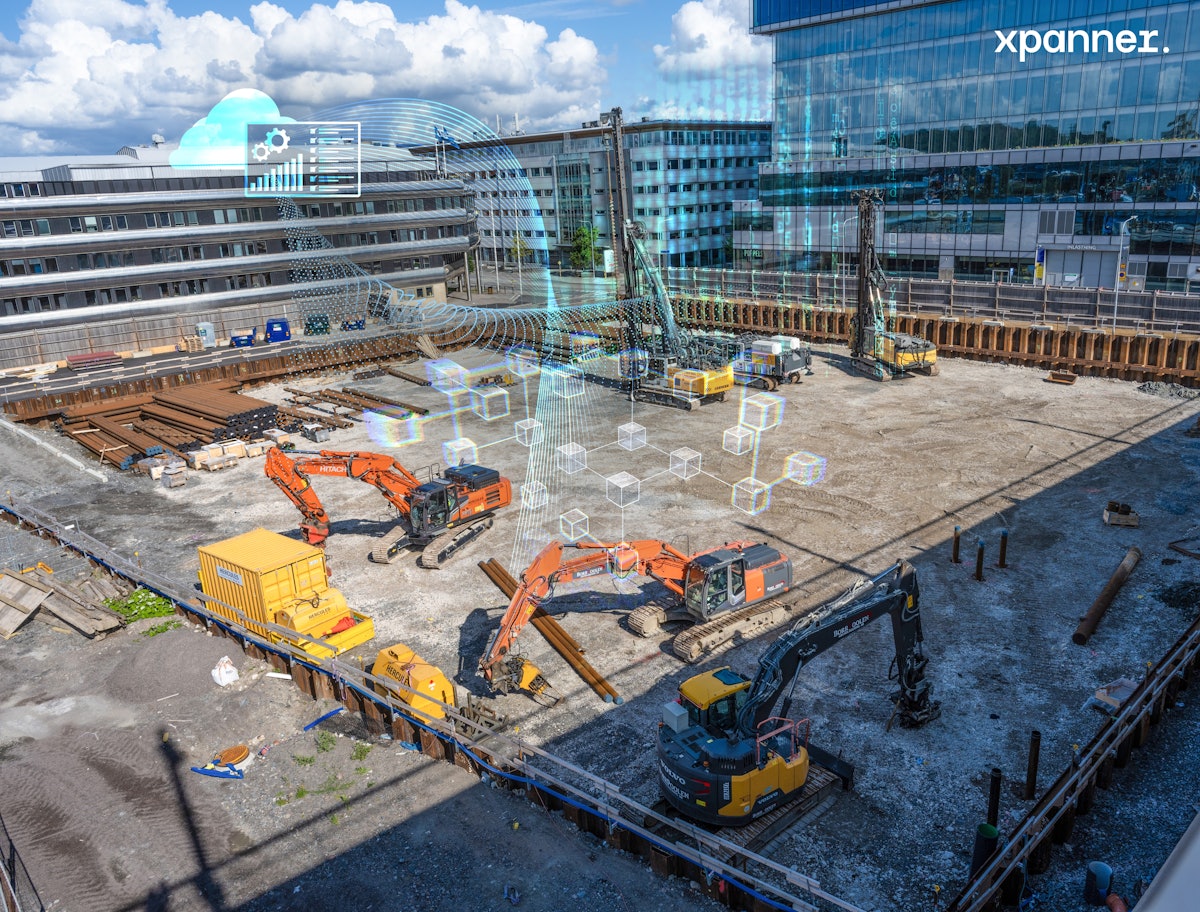In our rapidly evolving world, it’s hard to imagine life without artificial intelligence or robotics. From self-driving cars to automated home systems, the rise of intelligent technologies is quickly reshaping how we live and work. Yet, despite advancements in automation, one industry remains firmly rooted in traditional methods: construction. While we move through 2025, pen and paper remain as familiar on construction sites as ever, and many construction managers still rely on intuition and experience over the promises of AI or robotic innovation.
Questions then arise: Why isn’t the construction industry embracing these advancements? Shouldn’t these new technologies make work more efficient?
The true challenge lies not in the reluctance of workers or companies to adopt new technologies, but rather in how we can earn their time and trust to embrace the technology.
The Labor Crisis: An Industry in Need of Innovation
One of the most pressing challenges in the construction industry is the worsening shortage of skilled labor. In 2022 alone, there were more than 600,000 available but unfilled construction jobs in the United States. The lack of inflow will be markedly exacerbated by the fact that 41% of the current workforce is expected to retire by 2031. This shortage leaves contractors of all sizes with a difficult problem: How to keep projects going.
We believe the solution lies in “smart construction solutions.” These technologies —leveraging automation, robotics, and data—can enable construction companies to keep projects running, despite the shortage of workers and skills. With the assistance of smart construction solutions, the less-than-experienced workers who will soon make up the majority of the industry’s workforce will be able to perform tasks efficiently and with precision.
Automation isn’t there to replace workers but to augment their skills, helping them perform tasks such as piling, excavating, and grading more effectively, even with limited experience. Furthermore, as simple tasks such as spotting and measuring are performed by cameras and GPS sensors, “helpers” currently found around heavy machinery can be reallocated to higher-value, and often less dangerous, jobs. As the industry faces a growing labor shortage, these are win-win benefits for construction companies and construction workers.
Drive Bottom Up, Not Trickle Down
As a result of collaborating directly with workers to understand their needs and acceptance tolerance, we began to embrace a new philosophy that drove our strategy of “bottom-up” smart construction solutions. As we began to better understand how this would work by listening and better understanding the actual workers’ point of view, we came up with a three-stage methodology of enabling workers to embrace technology and really understand its value in their everyday work life so they would accept it.
By listening to and collaborating with workers on job sites across the United States, we quickly understood that new technologies are best adopted bottom-up. We also saw that experience with and trust in the technology are critical drivers of that adoption. Based on these realizations, we developed a three-stage approach to help workers on the ground accept the coming technologies.
Stage 1: Engage Technology Atheists—Don’t Talk About Technology, Show It
To understand the barriers to adopting new technologies, we had to first rethink how we presented technologies to workers. Initially, many of the potential customers we encountered were skeptical of technology’s place on a construction site. The idea of integrating AI or automation seemed both foreign and overwhelming, particularly given how entrenched traditional methods were in their daily routines.
At this stage, the key wasn’t for us to convince construction professionals of the technology’s merits. Instead, we took a step back and asked: “How can we earn their time?”
With that in mind, we stopped discussing the technical specifications of our products and instead showed them examples of their peers using automation to solve problems. No jargon, no sales pitches — just practical, real-world results. Once workers saw how similar challenges were being overcome, they were naturally curious and willing to take a closer look.
Stage 2: Explore With Curious Skeptics—Could It Possibly Work for Us?
After initial exposure, many became what we call “curious skeptics.” At this point, they didn’t fully understand how the technology worked, nor did they need to. What mattered was that they saw how automation solved specific problems for someone like them which, in turn, got them to wonder: “Could this technology work for us too?”
This stage was crucial because it opened the door to exploring new solutions that were once considered impractical.
Stage 3: Partner With Technology Advocates—Let’s Solve Problems Together
As we continued to collaborate with customers, we eventually reached a point when they no longer saw automation as a novelty, but as an integral tool for solving real problems. These “technology advocates” were no longer passive observers; they became active collaborators. They came to us with ideas and possibilities.
At this stage, our role shifted from merely providing solutions to co-developing them with our customers. Our philosophy evolved from offering useful technology to making it usable—ensuring that it integrated seamlessly into their workflows and solved specific challenges. This collaborative spirit led to the development of our Mango and Mangosteen systems, which connect various brands’ products and attachments, further enhancing precision and flexibility on the job site.
The Future of Smart Construction
Guiding customers on this journey from skeptics to advocates is not quick, but is incredibly rewarding. As we move forward, our commitment remains the same: empower workers with the tools they need to be more efficient, competent, and successful in their jobs. Smart construction is not about eliminating the operator; it’s about making them better at their job, leading to improved business results, fewer errors, and greater job satisfaction.
View the original article and our Inspiration here


Leave a Reply